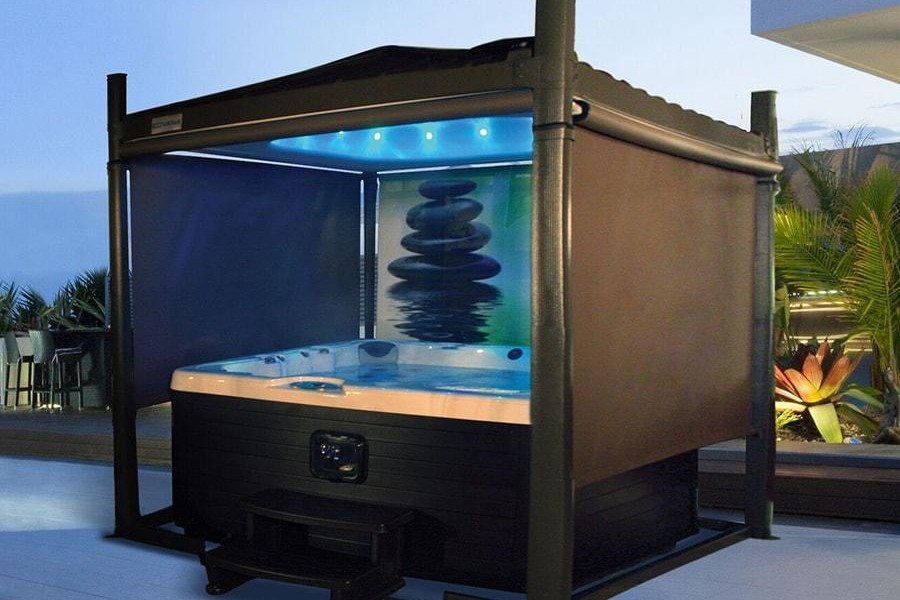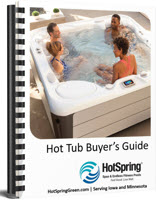
 ︎ NO waterlogging
︎ NO waterlogging
 ︎ High UV resistance
︎ High UV resistance
 ︎ Heavy snow no problem
︎ Heavy snow no problem
 ︎ Puncture resistant
︎ Puncture resistant
 ︎ Designed for extreme cold
︎ Designed for extreme cold
 ︎ Tested for hail up to 1″
︎ Tested for hail up to 1″
 ︎ Dogs are welcome!
︎ Dogs are welcome!
Completely different, inside and out
We’ve moved beyond foam and vinyl. Our DuraCore covers have a completely different internal construction than ordinary covers. A tough plastic shell that doesn’t break, a lightweight, highly insulating core, and no polystyrene to absorb water. All inside a tough, beautiful fabric skin.
Inside
Modern spa covers can’t get waterlogged because there’s simply nothing in them that absorbs water the way foam covers do. High strength is achieved using high-grade twinwall polycarbonate that stays strong year after year. And our engineered insulation pack uses commercial grade insulation and radiant air cavities to give you double the R-value in a lightweight package.
Outside:
Why shouldn’t the fabric covering last as long as your spa? Every DuraCore cover comes with the most advanced polyester fabric of any spa cover. Made from solution-dyed fibers, it has a lifetime warranty against cracking. Plus, there’s no need for regular treatment to maintain UV protection of your cover.
The best spa for the planet:
Standard vinyl and foam spa covers waste a lot of energy over their short lives, then head to landfills where they sit for hundreds of years. Modern covers last far longer, are made of 90% recyclable and reusable materials, and save literally tons of carbon over their lifetime. Plus we offer the only solar heating spa cover on the market, our SunCatcher spa cover, which offsets up to 80% of electric heating, saving up to 20 tons of greenhouse gas emissions over its life.
The post DuraCover appeared first on Hot Spring Green.









